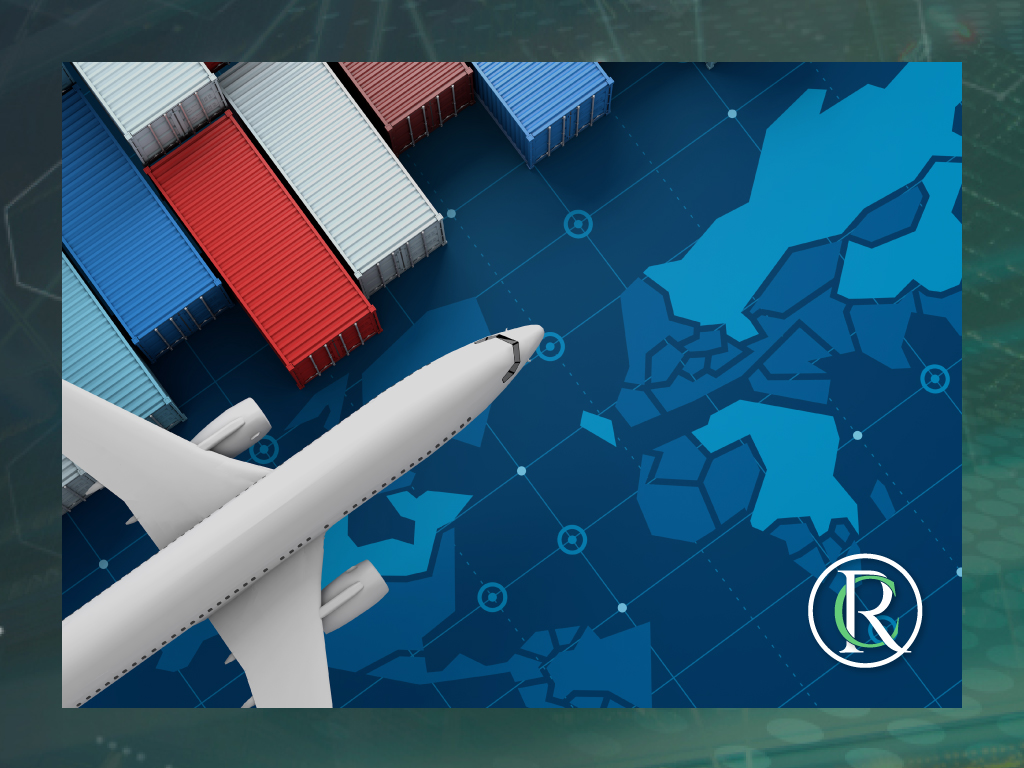Being an entrepreneur can be very rewarding, but it can also be very stressful. In Latin America, the international trade market is rapidly growing, offering a great number of opportunities to introduce import businesses for entrepreneurs. However, it’s important to understand the costs associated with the operations. Randall Castillo Ortega, an import and export specialist, provides explains the different costs and how to maximize the operation’s return on investment.
Once you are clear about which supplier you want to buy from, you will begin the negotiation process to reach a sales agreement, where you will set the final price of the product, the terms and deadlines of manufacture, and the method of payment. “Depending on the product you are importing,” explains Castillo, “it is usually common to ask the supplier for a pre-sample to guarantee the product to be imported, and that will be paid 100% in advance by transfer.”
The final price of the product will depend, in part, on what you agree with the supplier regarding the place of delivery of the goods and their transport. There are agreements regulated by the Incoterms, which establish who pays for transportation or port charges, and who should take out the insurance of the goods and to what extent. The most well-known Incoterms are FOB (delivery at the cargo port), CIF (delivery at the destination port) and DDP (delivery at the point decided by the importer).
To calculate the final cost, in addition to the price value that we agree, you must take into account the costs associated with importation, such as terminal charges, customs formalities, possible tariffs, insurance, contracts or not, and import VAT. The latter will be calculated on this cost at the time it arrives at the port of destination.
When all negotiations are closed and the sales agreement is signed, the vendor can ask for either a split payment by Telegraph Transfer (T/T), or the opening of a Letter of Credit (L/C), both with different costs and commissions. In the first case, typically, a prepayment of 30% of the total value of the order will be made, in order to start producing, and 70% additional to the delivery of the goods, usually before boarding, and after the inspection of the quality and proof of the corresponding product. The letter of credit is an “international purchase and sale contract” regulated by international standards, where the supplier’s bank and ours act as intermediaries, and only release the payment when the vendor has met the list of requirements specified in the sales agreement.
When the goods are ready in the supplier’s warehouse, the supplier is responsible for the dispatch of the goods at the source and for resolving all customs arrangements. Adds Castillo, “The supplier owns the goods until they receive payment and gives us the shipping letter(Bill of Lading – BL), one of the most important documents in the import process that, together with the original invoice and the packing list, are the minimum documents to dispatch the goods.”
In Asia, it is easy to negotiate with suppliers the best conditions for our customers and have the maximum guarantees on their money and merchandise. Importing from China is critical for many entrepreneurs and importers who today have seen great potential in products manufactured in China and who in turn have had excellent results in the sales of their business; However, importing is a process in which you have to take certain steps to prevent you from wasting money, merchandise or time.
That is why setting up an import business can be an incredible experience as long as we have the basis that help us facilitate the whole process. It is ideal that you prepare, as best as possible and before beginning the imports, and know how to buy the products, send them on the right routes and receive them without any problem with customs agents.

